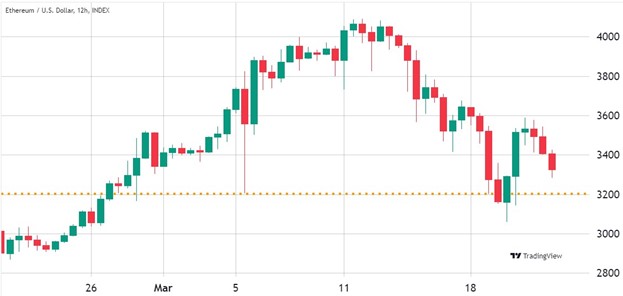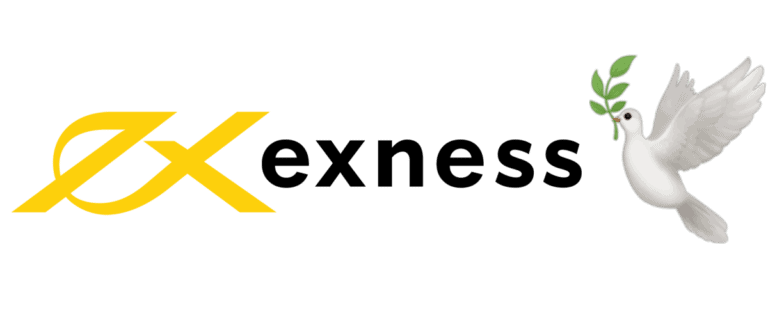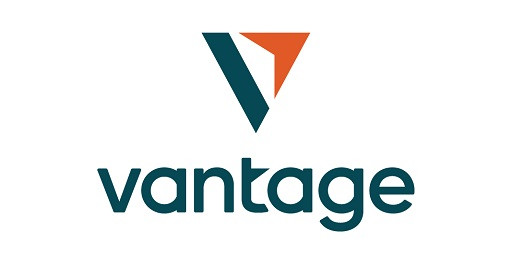The altcoin is expected to maintain its $3,200 level based on data from ETH derivatives and on-chain activity within Ethereum layer-2 protocols.
The price of Ether (ETH) fell sharply to $3,325 after solid resistance was encountered on March 12 above $4,100. Due to Ether’s 9% weekly loss and poor performance in comparison to the larger cryptocurrency market, traders are wondering if the $3,200 support level will hold. For comparison, within the same period, the total market capitalization of cryptocurrencies decreased by 2.5%.

Ether’s optimistic future depends on the approval of the spot Ether ETF.
The possible approval of an Ethereum spot exchange-traded fund (ETF) is still a significant catalyst. A final verdict is expected by May 23. The matter is currently being reviewed by the United States Securities and Exchange Commission (SEC). James Seyffart, a senior ETF analyst at Bloomberg, does not view acceptance as his default option, though.
It is essential to take note of the most recent Ethereum protocol updates. Rollup Solutions is quite interested in the Dencun hard fork, which happened on March 13. The goal of the hard fork was to improve layer-2 data processing capabilities and network scalability. Consequently, most applications on Arbitrum, Optimism, and Base now have substantially lower transaction fees.
According to Cointelegraph, Dencun’s improvements should theoretically persuade Ethereum users to adopt layer-2 solutions. Data shows a 145%, 144%, and 203% increase in 7-day volumes for Arbitrum, Optimism, and Base, respectively. This relieves some of the downward pressure on Ether’s price, which was ascribed to high petrol fees.

It’s important to remember that rivals like Solana SOL $172, and BNB Chain BNB $550 provide far cheaper transaction fees at the base layer, which frequently seems more user-friendly to beginners. DappRadar reports that Solana’s decentralized application (DApp) volumes have climbed by 57% in the past week despite the favorable effect on Ethereum’s ecosystem.
Regulatory issues could negatively impact Ether’s price.
The US regulatory landscape is getting more complicated, which adds to the gloomy prognosis for Ether’s mid-term pricing. On March 20, Cointelegraph revealed that the SEC is investigating businesses for potential ties to the Ethereum Foundation to categorize Ether as a security.
According to reports, the SEC took this step in response to Ethereum’s switch from a proof-of-work to a proof-of-stake network. Several American businesses were requested to provide financial records and documentation about their dealings with the Ethereum Foundation.
Market experts, such as Van Buren Capital and attorney Scott Johnsson, contend that the SEC’s investigation into Ether’s securities classification is “just another excuse to reject” the spot Ether ETF applications. However, not everyone agrees with this viewpoint; Paul Grewal, the chief legal officer at Coinbase, contends that “the SEC has no valid reason to reject the Ether ETP applications.”
The 25% delta skew of the ETH options is an excellent proxy to consider in determining whether professional traders turned bearish following Ether’s price fall. A skew indicator that rises above 7% signifies expectations of a price decline, whereas a skew that is below 7% usually suggests optimism.

The 25% skew of ETH options has increased from 0% to 5% since March 21. This indicates a cautious skepticism towards the $3,200 support level. The skew statistic, on the other hand, has remained in a neutral area, offering no indication that pessimistic sentiment has increased despite an 11% decline in Ether’s price over a week.
Taking a broader view, the Ethereum network continues to lead in terms of deposits, with $94 billion in total value locked (TVL). The largest asset management company in the world, BlackRock, has introduced a tokenized asset fund on Ethereum, further solidifying the network’s popularity. As a result, there isn’t any solid evidence to doubt Ether’s ability to hold its support at $3,200 in the foreseeable future.



















